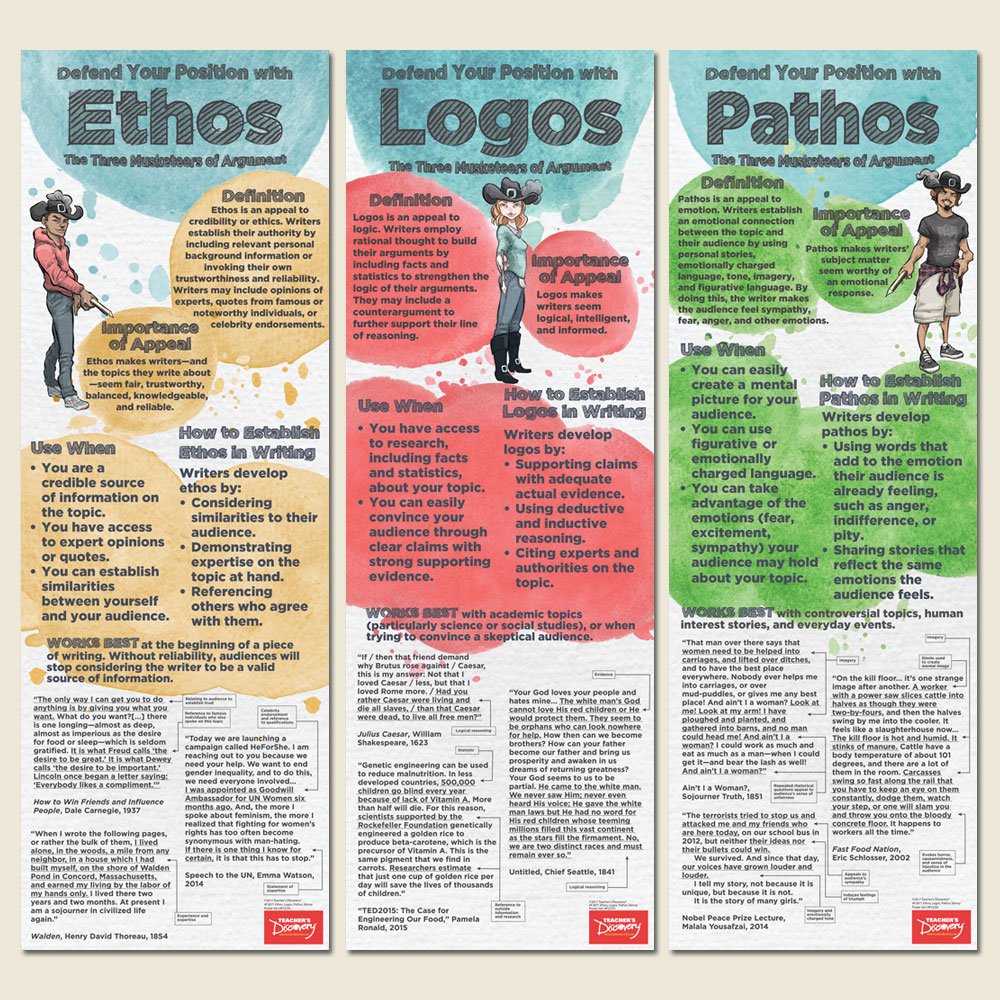

Television ads have to rely on pathos and peripheral cues. And I think it's important to remind ourselves of this because modern advertising, and discussions about modern political campaigning skews the conversation about persuasion. Strategies that appeal to low and high elaboration. Why go into all this? Because good persuasion generally required logos, pathos and ethos. Elaboration is high, and so argument factors are going to play a much more significant role. Now, in the same situation and you really do care about the topic and you disagree, liking isn't going to be as influential.

Elaboration is low so the peripheral cue influence is high. If your friend is talking about how one sports team is better than another and you really don't care then you're more likely to be persuaded. Now we typically want to agree with people that we like. It's a core idea driving Aristotle's' notion of ethos. So for example, liking a person is an influential factor. Now in low elaboration, peripheral cues have a greater impact. Now if a person is unmotivated and or unable to attend to the message, they process it more peripherally. If a person is motivated and able to attend to a message, then they typically process it more centrally meaning they closely listen to it and evaluate the message. Now ELM sees two types of processing roots in the brain. Basically, ELM suggests that people respond to messages differently based on their levels of involvement. And in fact, one of the dominant theories of persuasion in the past few decades has been the elaboration likelihood model, or ELM. Now, modern research confirms that these approaches contribute to overall influence. Now, you may or may not remember, we spend a great deal of time talking about this ethos issue in the informative speaking course. Basically, putting the audience in the right frame of mind and ethos, an appeal to the speaker's credibility. Logos, an appeal to logic or at least something that seemed logical. View SyllabusĪristotle said that speakers convince their audiences in three main ways. Learners will record speeches, providing and receiving peer feedback. You should be able to use rhetorical style strategically and deliver passionate and compelling speeches.
ETHOS PATHOS AND LOGOS PLUS
Persuasive speaking thus requires clarity, strategy, topic mastery, plus a sense of style and presence.īy the end of this course, you should be able to design persuasive speeches that address problems and solutions and that motivate audience members. To be persuasive, you must be clear (the audience may have little to no existing knowledge), you must be convincing (you are trying to sway the audience that your argument is valid), and you must be compelling (you are trying to motivate the audience enough so that they want to take specific actions). In making the case for your topic, you often want to raise awareness, identify a pressing problem, discuss appropriate solutions, and outline specific steps for the audience. Whether you are fundraising for a nonprofit, pitching a business proposal, or suggesting a change to company policy, you are making arguments.
ETHOS PATHOS AND LOGOS PROFESSIONAL
In the professional realm, we need to be able to argue without being argumentative.


 0 kommentar(er)
0 kommentar(er)
